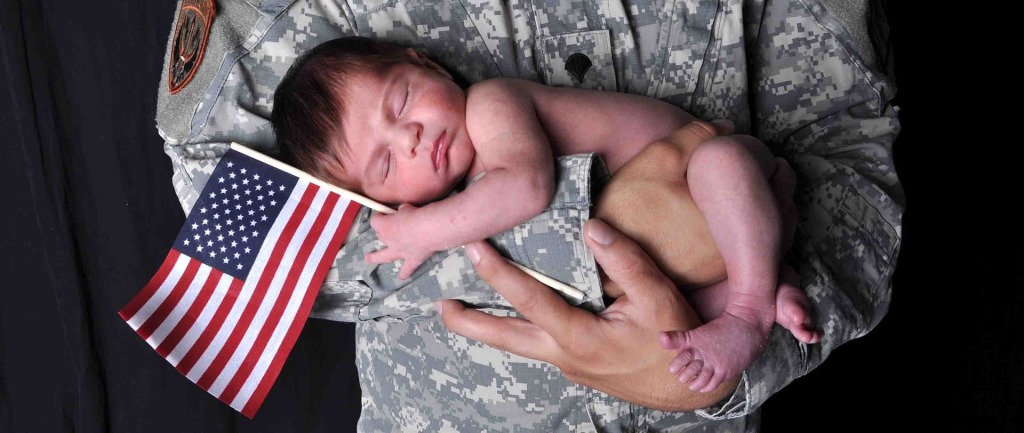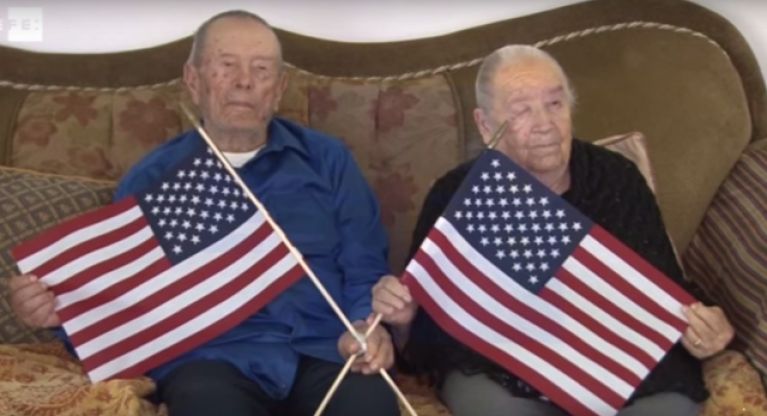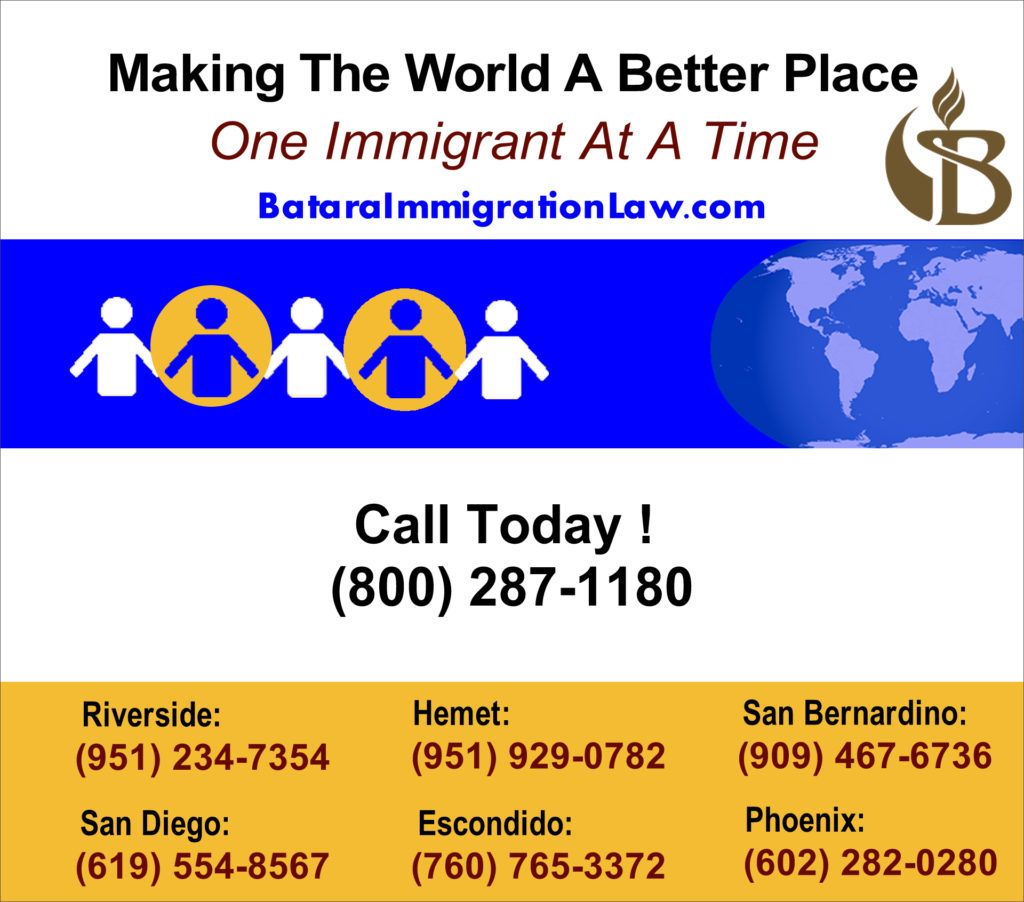
A few months ago, two twin brothers in the mid-60s came to my Riverside immigration law office to discuss a letter they had received in the mail a few days before.
They had been scheduled for an appointment at the local U.S. Citizenship and Immigration Services office to provide proof that they were really born on American soil.
They had been U.S. citizens since their birth over six decades ago. They had no arrests or convictions. They had faithfully paid their taxes each year and owned homes. They were married with adult children.
They now faced possible deportation.
The problem?
They were born in a Texas border town with the assistance of a midwife.
Having heard about other U.S. citizens taken into immigration custody and removed from the U.S., despite their lawful status, they feared a similar outcome.
Citizenship By Midwife: A Quick Overview
Throughout the early 20th century, before subsidized public health care centers sprouted, it was not unusual for children to be born at home with the help of a family member of midwife. As might be expected, this practice was more common in poorer areas – like rural towns in the Mexico – United States border regions.
Since borders were fairly open, Mexican and American citizens would travel back and forth between countries on a regular basis.
For instance, Javier, a recent San Bernardino immigration client, had a father born in Texas and a mother born in Mexico.
After finishing high school, his father attended college in Mexico. He returned to Texas after graduation and gained employment with a company with offices on both sides of the border.
A few years later, while working in Mexico, he met his future bride, and they bought a small home there. Even though the U.S. permanent residence process for Javier’s mother was never completed, his father maintained an apartment in Texas, where they lived about three days of every week.
Ironically, this back-and-forth travel often led to more problems in Mexico than in the U.S.
Until 1998, Mexico did not allow children of Mexican citizens, born in the United States, to have dual citizenship. As a result, their American born kids were not eligible to attend public school and access other public services if the parents decided to live in Mexico.
To avoid this problem, many Mexican parents would register their United States child’s birth as taking place in Mexico, and ignore the child’s claim to U.S. citizenship.
On the U.S. side, if the child was first registered in the United States, the child’s U.S. citizenship was rarely questioned.
In cases of conflict, U.S. immigration law followed an “oldest public document” policy – meaning whether it was a birth certificate or a mere baptismal certificate, the oldest public document was considered the most reliable evidence of a child’s place of birth.
This changed in the late 1980s and early 1990s. A push to close the U.S. – Mexican border followed in the wake of the legalization program enacted under President Reagan.
The government also began filing fraud charges against mid-wives in the South Texas area.
More than 75 were convicted of signing birth certificates between 1960 and 2008 for children they did not deliver.
However, ascertaining which midwife-granted birth certificates are fraudulent has been largely impossible.
The convicted midwives were not asked to prove which children they delivered legally, and which ones had been given fraudulent certification in exchange for financial payments.
In most cases, the midwives ended up just guessing, which led to overly-inclusive lists of names.
Immigration authorities did not notify any of the individuals, or their parents, about the placement of their names on these lists – they were never given the opportunity to challenge the inaccuracy of these lists.
The 75 convicted individuals were part of a list of 250 “suspicious” midwives. Charges against the other 175 were dropped.
The government did not explain how or why they were given the suspicious label.
Despite providing no basis for their estimate, officials contend there exist 15,000 midwife forgeries stemming from South Texas.
The net effect has been the rise of blanket suspicion towards all U.S. citizens born in certain regions via midwifery.
An Onslaught Of Passport Problems
Starting in June 2009, as part of the Western Hemisphere Travel Initiative (WHTI), U.S. citizens have been required to have passports when they enter or leave the United States. As anticipated, this led to a series of new problems for citizens born via the assistance of midwives.
- For many, the passport approval process has become a convoluted ordeal, forcing the filing of various legal actions.
- In addition, problems can occur at a port of entry when a U.S. citizen’s passport reveals birth by midwife, especially if the midwife is on the government’s suspicious or convicted lists.
- Passport issues also arise in the cases of U.S. citizens who have never left the United States after their birth.
In Obama Administration Questions Citizenship Of Latinos Born By Midwife, Victor Medina explores this latter topic by sharing the story of Givel Yruegas, a college student trapped by the government’s overly stringent review of births by midwives.
Writes Medina:
“Gicel Yruegas, a college student living in California, would like to travel and see the world. She does, however, have a problem. She cannot get a passport to travel, because the State Department does not believe she is an American citizen. The reason: Yruegas was born by midwife in an El Paso clinic in 1985.”
In essence, Yruegas was reduced to second-class status. She is unable to legally leave the country but she is not considered a U.S. citizen. If she decides to travel abroad, she will not be allowed to re-enter.
Yruegas’ situation may sound unusual, he adds, but she’s hardly alone.
Instead, Medina points out that she is merely one of thousands of Americans born by midwife whose citizenship is questioned by their own government, leaving them entangled in a web of bureaucratic incompetence and failed immigration policy.
A Scavenger Hunt For Evidence
Similar to Ms. Yruegas, the two brothers who visited me were asked for objective proof beyond a mere birth certificate.
Living in the U.S. all of their lives, in the government’s view, did not mean the two brothers were born in the U.S.
Before visiting me, they had already given the government all copies of school, residency, and medical records in their possession. The government demanded more.
This left them in a quandary.
How were they supposed to find additional evidence to support their claims of U.S. citizenship . . . more than 60 years after their births?
- How were they to obtain the testimony and affidavits of individuals who actually witnessed their birth over 60 years ago?
- How were they to locate the housing payments, employment records, and medical documents of their parents from companies which had closed shop long ago?
- How were they to produce their own school records from school districts and medical records from medical agencies which no longer existed?
Like many immigrants are surprisingly forced to engage in a scavenger hunt for evidence, the two brothers were now suddenly being required to submit proof from five and six decades ago.
As a citizenship attorney trained to protect the due process rights of my clients, the government’s actions reflect a witch hunt – a witch hunt premised on an irrational response to ambiguous statements of some midwives that they had falsely verified certain children of Mexican parents were born in the United States between the 1960s and 2009.
Very, very few individuals, in their 5os and 60s, can retrace their early youth and establish the family’s circumstances at the time of their birth. Indeed, such a quest is tantamount to seeking the proverbial needle in a haystack.
Many of those being questioned, in fact, never realized midwives assisted their birth, until the government challenged their U.S. citizenship.

A Flawed Government Policy Towards Family Unity And Citizenship
From a practical standpoint, the government actions are poorly reasoned . . . even in the cases of seniors who may have been fraudulently registered as U.S. citizens at birth.
On the one hand, if there was a fraud committed at the time of birth, they played no decision-making part. They did not commit the fraudulent act.
Babies at birth are incapable of criminal intent.
On the other hand, if their citizenship was fraudulently procured . . .
To the extent they have lived an exemplary life, stayed out of trouble with the law, worked steadily and paid taxes, bought a home for their offspring, little, if any, public good is derived from stripping them of citizenship at such a late stage in their lives.
Moreover, little, if any, positive benefit flows to the U.S. government from stripping their spouses and offspring, including grandchildren, of their citizenship . . . which was gained via the family patriarch’s presumed citizenship status.
So what principles of legality or compassion, then, are served by challenging these seniors and turning their entire lives, and the lives of their families, upside down 50-60 years later?
My view?
Absolutely none.
By Carlos Batara, Immigration Law, Policy, And Politics




